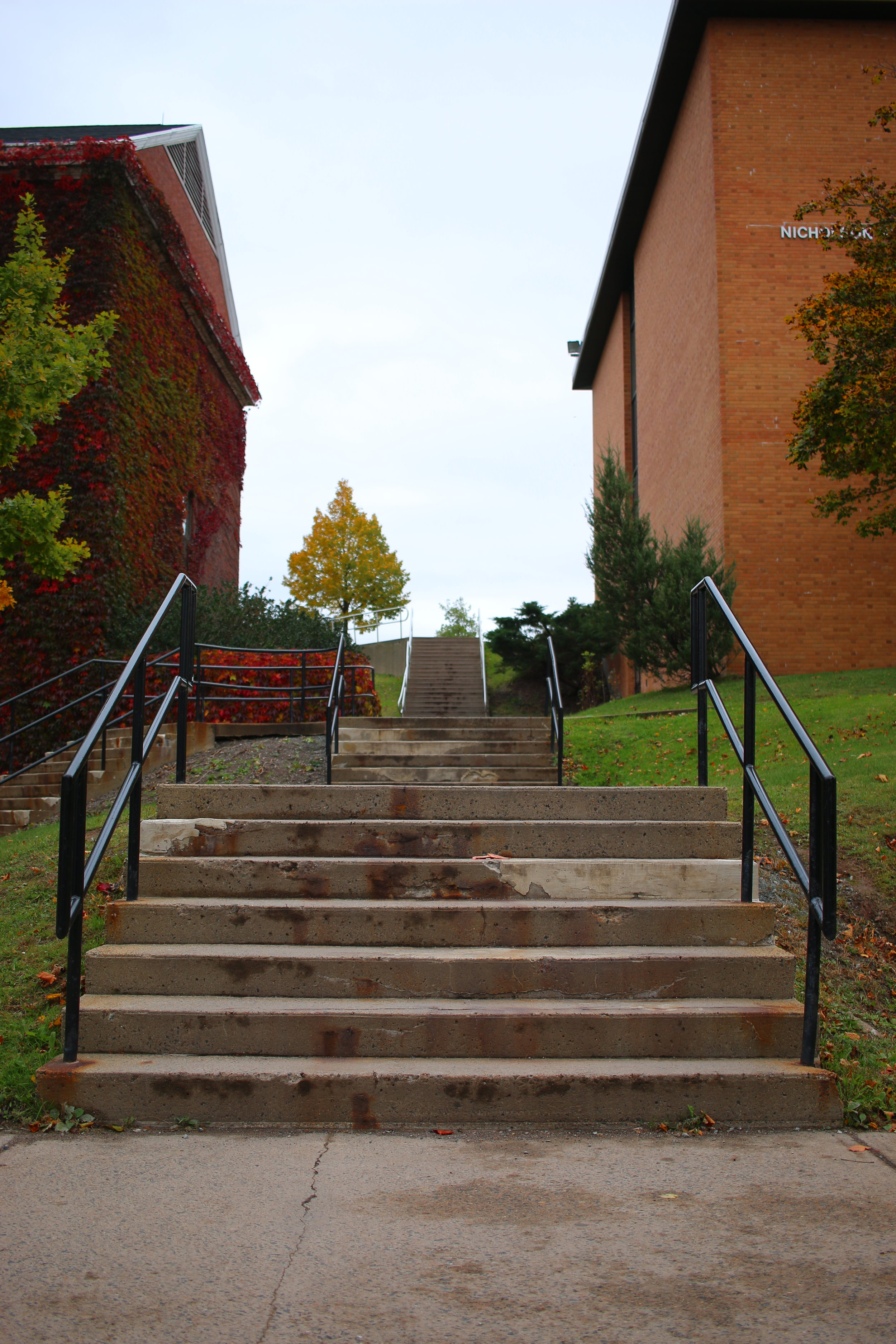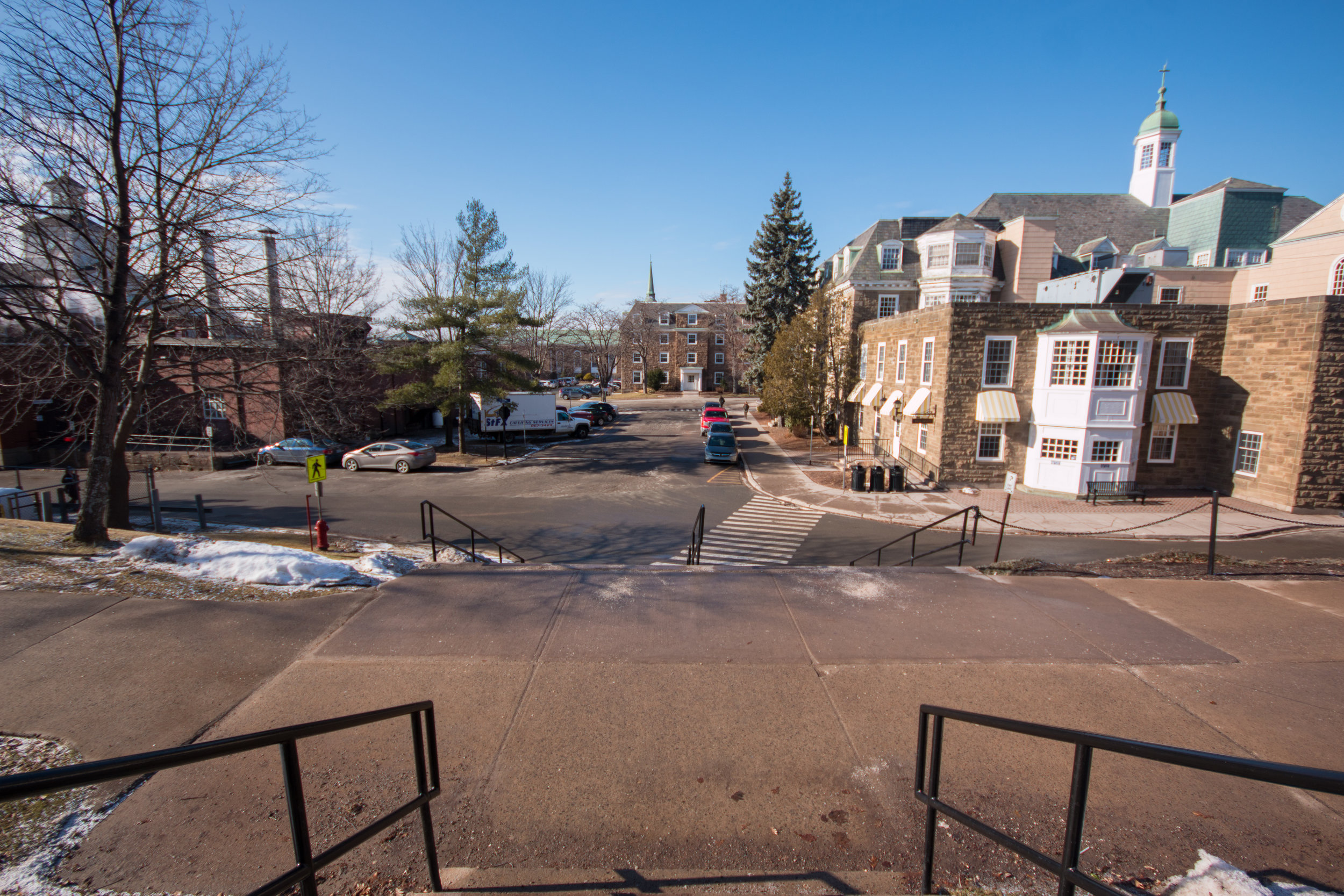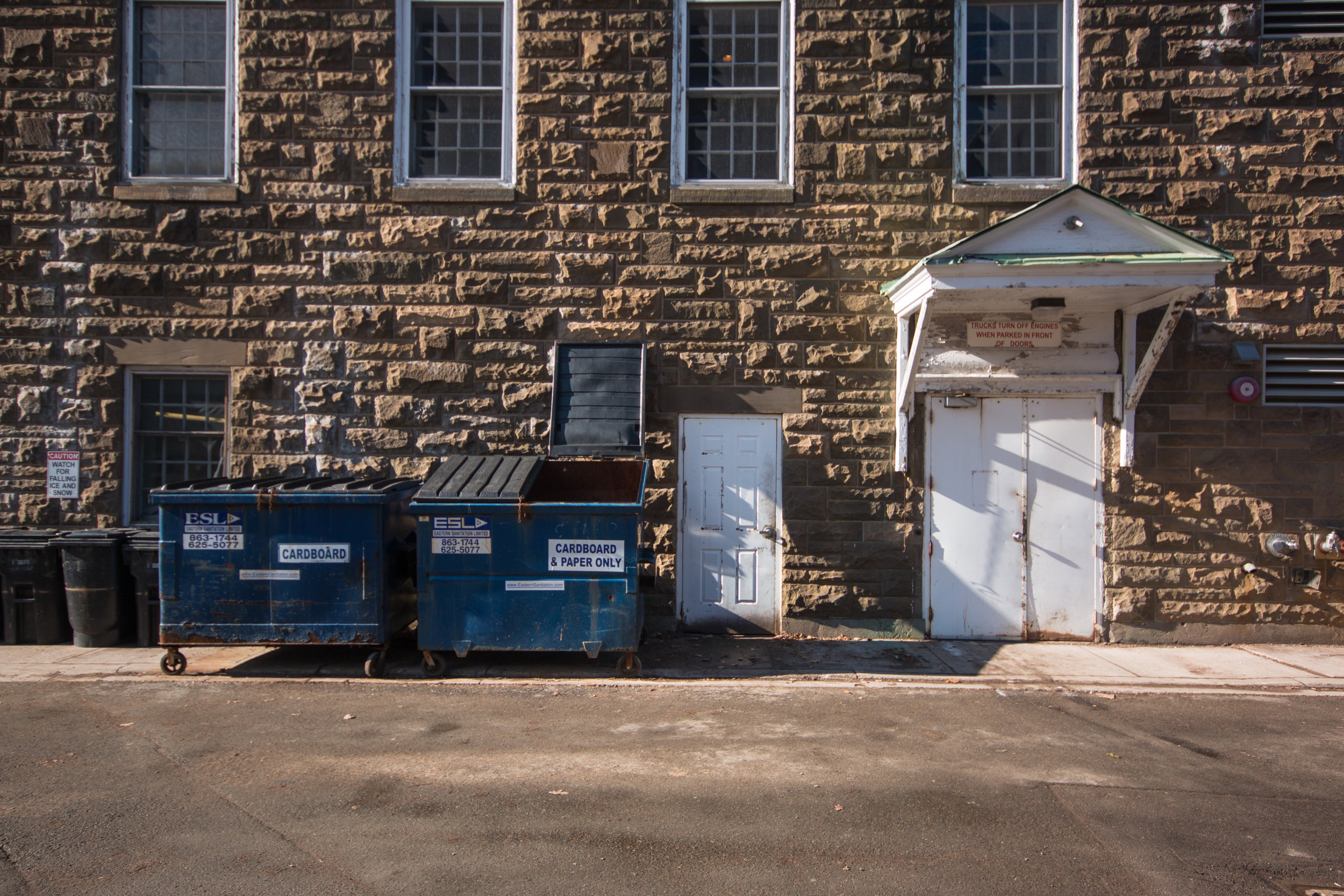In Search of Time to Lose on the North Shore
/Spot some of the amazing fauna of Nova Scotia
This year is the first year that my fiancée and I are going to be in Antigonish. Last year, we lived in, and commuted from, New Glasgow. Although we lived in New Glasgow, we’re not from there either. Together we’re both from the southern Ontario/Greater Toronto area, but we’re not really city people. We lived in Northern Québec for a year teaching high school and elementary students in the Cree Nation of Wemindji, on the James Bay. We were frequent outdoorsy people, happy to go blueberry picking in the fall, fishing and canoeing in the spring and summer, and excited to have real snowfall to go on long snowshoe hikes through thick subarctic evergreen forests up and down rocky hills.
Ever since we’ve arrived in Nova Scotia about a year ago, we’ve been doing our best to root out some of the great spots to enjoy the great outdoors and in between digging in gardens and flowerbeds for our summer jobs, we discovered (or were directed to, rather).
Melmerby Beach in Pictou County, where the beach is a long sandy strip and the water is cool and clear, bordered on one end by tall cliffs. It’s a 40-minute drive out of Antigonish, but well worth the trip if you’re looking for cool reprieve from the hot, humid weather.
Sugar Moon Farm, west of New Glasgow and north of Truro in Earltown, where they can show you the passage of the season in the colour and flavour of maple syrup, as well as a really great crash course in the history and science of maple syrup and production. As well, all around the farm are publicly accessible trails ranging from quick one-hour hikes to longer, multi-hour treks.
Mahoney’s Beach, just a quick drive north of Antigonish is this rocky and windy beach. The shape of this beach is that you can be on either side of the natural dune; in the warmer, calmer waters behind the sandbank, perfect for laying in the warm sun, or on the rocky shore facing St. George’s Bay. A quick and easy getaway along the picturesque Sunrise Trail.
Arisaig Provincial Park, on the western edge of Cape George, lets you take a short hike through some very mossy forest, and stop for a picnic, if need be. If the park isn’t big enough for your trek, you can always continue along the Cape for some stunning vistas of old farms, fishing spots, and lighthouses that let you feel like you’re on the edge of the world.
Nova Scotia even has what’s called a “Passport” that gives the location of one of more than 60 distilleries, breweries, and vineyards in the province. Travelling to any one of these is half the fun, collecting the stamps upon arrival and imbibing in the potables, is the other. Many of the best of what Nova Scotia has to offer in terms of tipple is packed away and hidden from the main roads and finding these curiosities after travelling through some of the most beautiful hidden gems of towns in the province is well worth the price of a pint. Pick up a passport at the Townhouse and earn your first stamp.
Keppoch Mountain is an all too brief 20-minute car ride south of Antigonish. You’ve probably seen it looking south while driving the highway out of town. Don’t pay too close attention to Siri or Alexa for directions, they’ll send you past the entrance. When my fiancée and I went we ran into someone exceptionally friendly and helpful, who guided us onto a short, winding hike that took about an hour and a half to go all the way to the top of the mount, from which we could see the taller buildings of Antigonish, especially the greened copper steeples of the cathedral. If you go in the fall, you’ll have one considerable benefit that we lacked; the berries all along the trail will be ripe and ready for picking.
Photo: Yanik Gallie
Remember that any time you’re out and about in the wilderness to keep your eyes open and try to spot some of the amazing fauna of Nova Scotia. Just digging in gardens we ran into a number of salamanders (from eggs to juveniles to adults spotted, and bright orange), snakes (red ones barely longer than my pinky finger and big ones coiled up under decks, baby porcupines napping in an apple tree, washed up jellyfish, the awkward scuttling of hermit crabs, on the beach, any number of clams, oysters, and mussels, all manner of fish, and the wide variety of birds. Remember to leave only footprints and take only pictures. Don’t disturb the wildlife but enjoy the view and have fun.




































